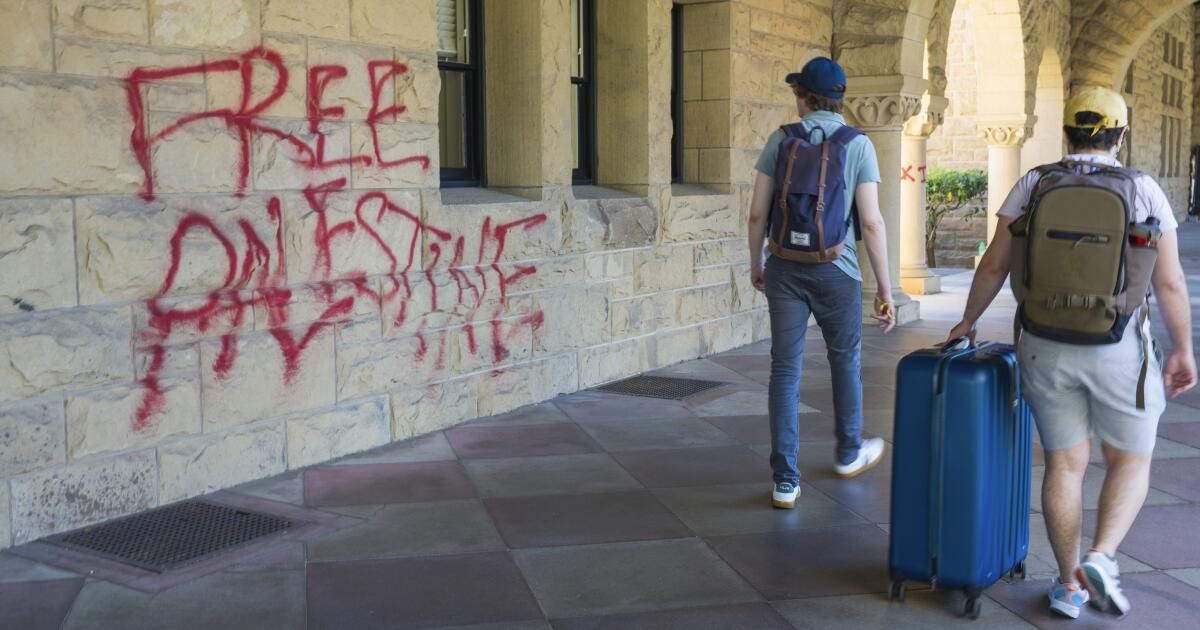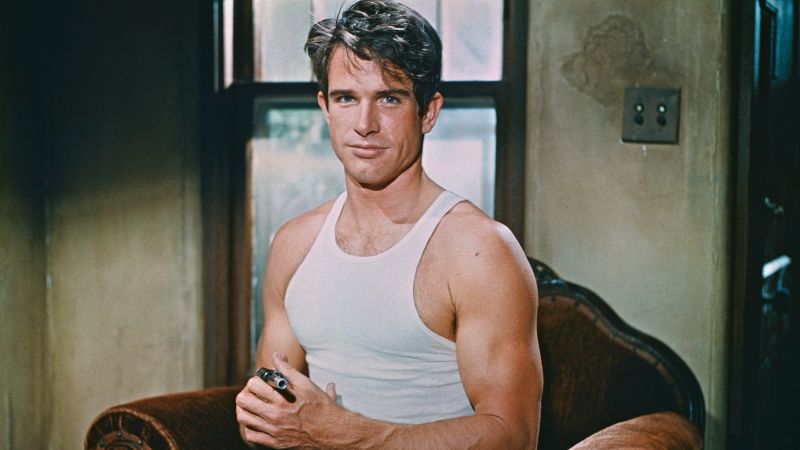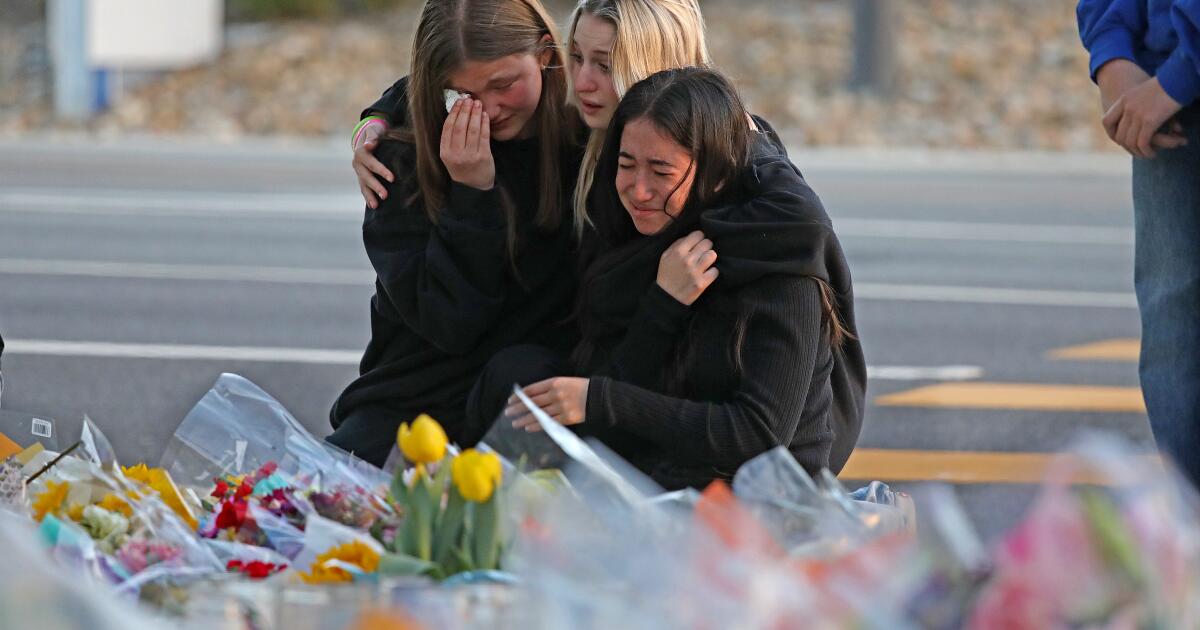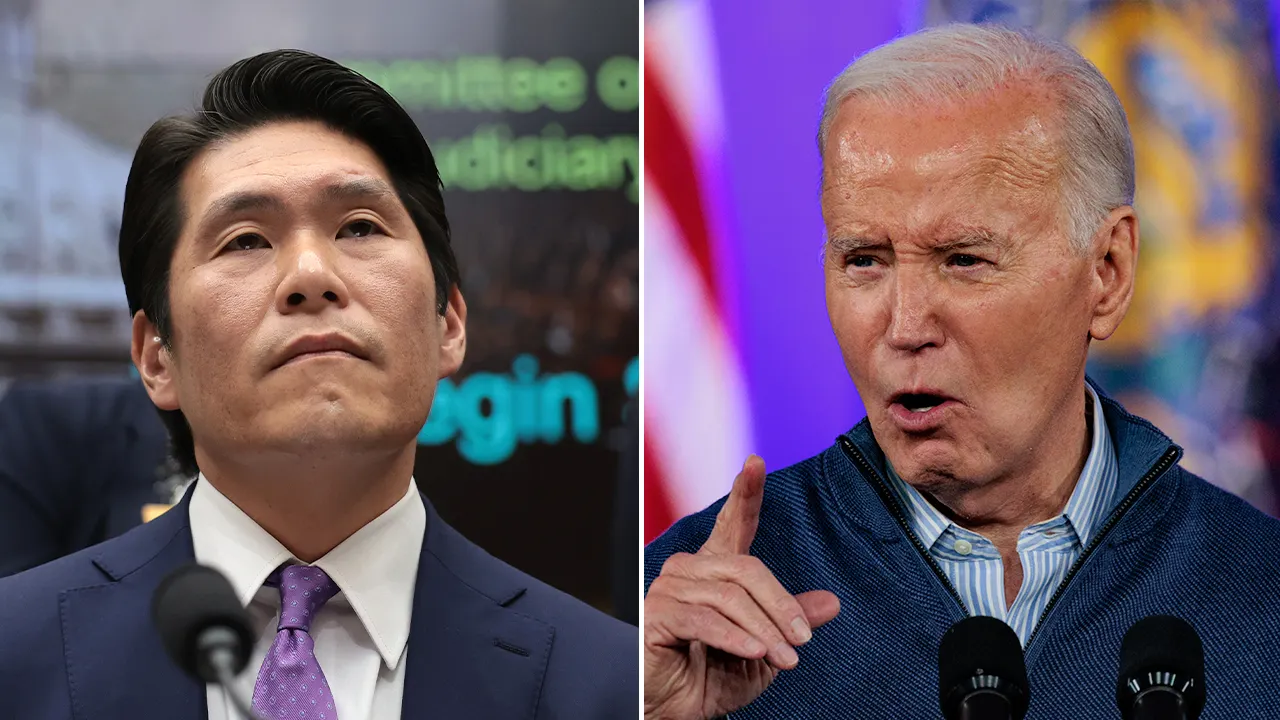Stanford University campus police arrested a group of pro-Palestinian protesters, who barricaded themselves inside the president's office, on suspicion of felony theft.
The 13 people were arrested shortly after 8 a.m. Wednesday after briefly occupying President Richard Saller's office in a protest. The campus newspaper, the Daily Stanford, reported that one of the people arrested is a journalism student.
Stanford University Department of Public Safety arrest records confirmed that the arrests were made on suspicion of felony robbery. But the Santa Clara County district attorney's office had not received the case as of Friday afternoon and had not made a decision on what charges will be filed, said district attorney spokesman Sean Webby.
The series of events began shortly after 5:30 a.m. Wednesday, when the group of protesters, made up of students and alumni, took over Saller's office, vowing that they would not leave until administrators met their demands to divest from Israel.
The incident was the latest of several campus protests across the country by pro-Palestinian protesters in response to the war between Israel and Hamas and the killing of thousands of Palestinians caught in the crossfire.
At 7:30 am, the police stormed the offices. Police arrested the 13 individuals and they were all released several hours later, Santa Clara County sheriff's spokesman Brooks Jarosz said Friday.
Most were released on bail without charge, but one couple posted bail “because they did not want to comply with the conditions” of the court's pretrial services, Jarosz said in a statement. The amount for those who posted bail was set at $20,000, according to the student newspaper.
Students who participated in the protest were immediately suspended and seniors were notified that they would not be allowed to graduate, according to a statement from the university.
In the joint statement, Saller and Stanford University President Jenny Martinez condemned the group's actions and said a campus police security officer was injured during the occupation. There was also “extensive graffiti vandalism of buildings and sandstone columns” in a campus courtyard with “vile and hateful sentiments that we condemn in the strongest terms,” according to the statement.
“The situation on campus has now crossed the line from peaceful protest to actions that threaten the safety of our community,” university administrators continued.
Daily Stanford editors said in an op-ed that the student journalist who was arrested was “falsely imprisoned” while reporting on the protest.
“His arrest constitutes a threat to press freedom, including protection against unreasonable searches and seizures, and we are disappointed by the actions of the officers and the University,” the editors said.
Liberate Stanford, an autonomous group of Stanford University students that organized the occupation, accused law enforcement of “violently attacking[ing] a peaceful student protester” as officers prepared to enter the building. He posted a video on Instagram showing a Santa Clara County sheriff's deputy wearing a helmet and tactical gear shoving a student with a baton.
After the students were arrested, the university closed the activist encampment in White Plaza, which officials had allowed to remain even though it violated university policies on overnight camping, equal access to the plaza, and use of sound. amplified.
Times national correspondent Jenny Jarvie contributed to this report.












